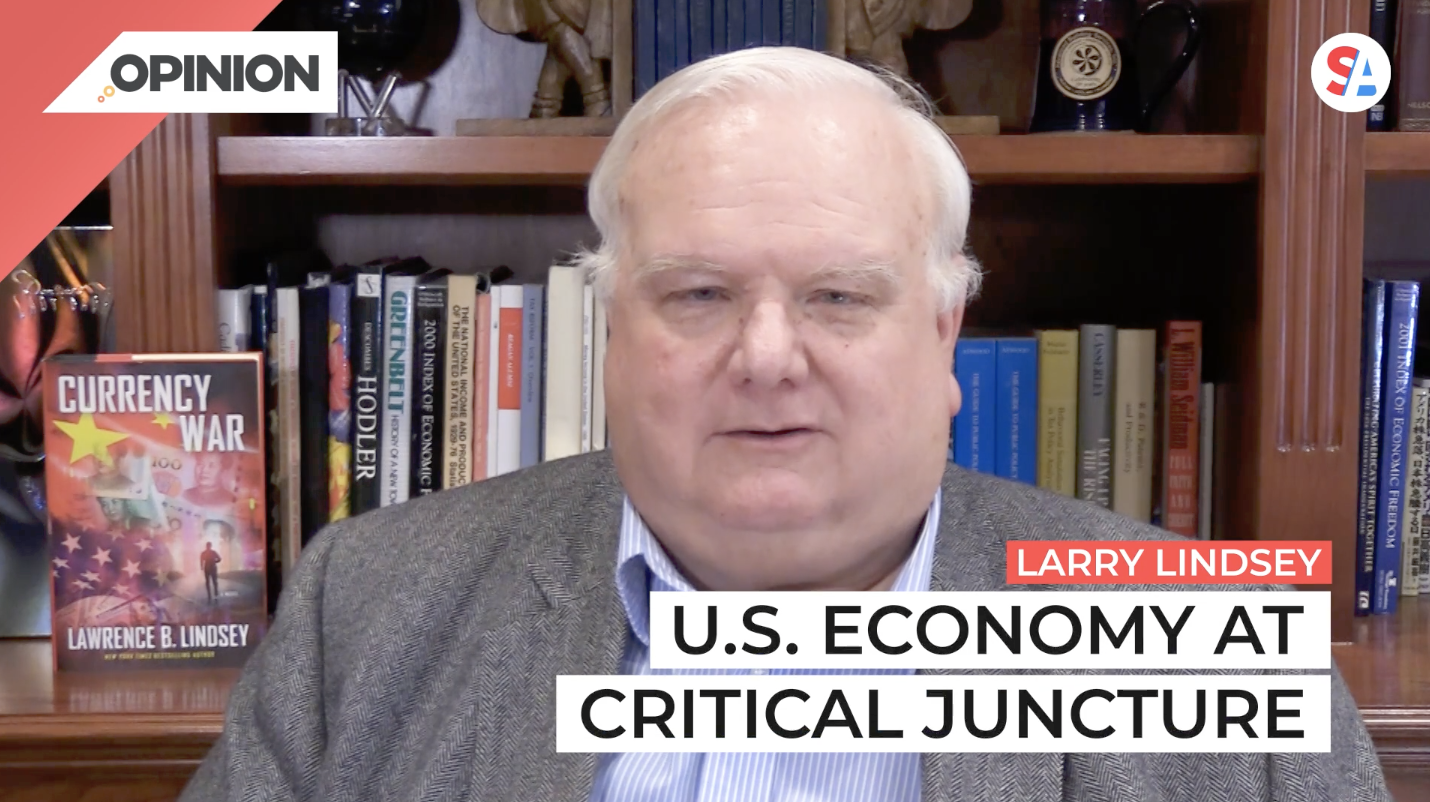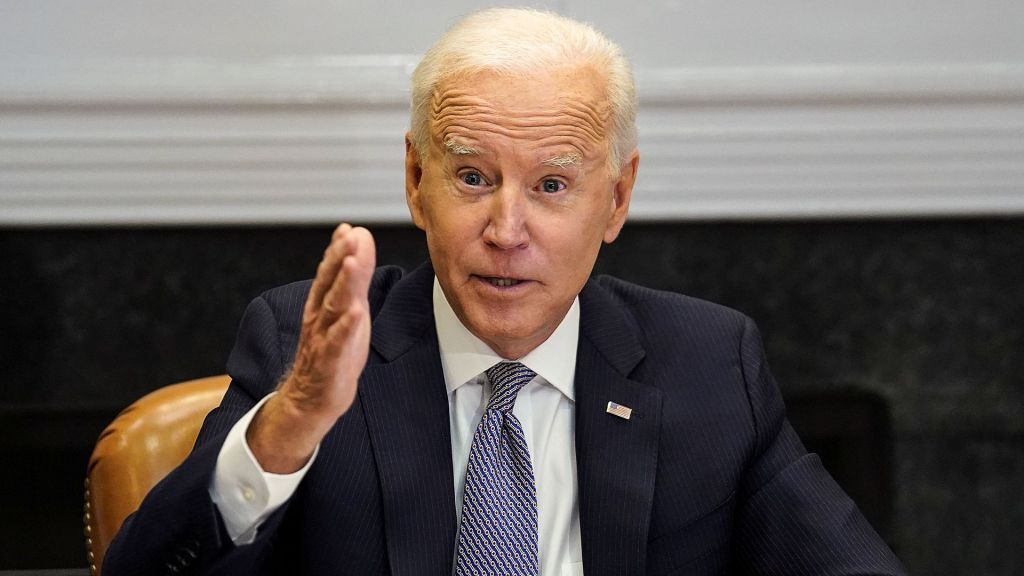
Commentary
-
Our commentary partners will help you reach your own conclusions on complex topics.
The US economy right now is at a very critical juncture. The good news is employment is booming.
The Labor Department just put out its job survey, which it calls the JOLT survey, job openings and labor turnover. The data was for February a little bit dated. But it shows that once again, a near record 11 point 3 million job openings are available. By contrast, the unemployment rate is just 6.3 million, meaning there’s almost twice as many jobs available as there are unemployed people. And that 11 point 3 million is well above what it’s been in the past. Just before COVID, it was 7 million. And more traditionally, if you go back five years from there, it was about 5 million, huge amount of job openings unprecedented.
And not only that, three times as many people are quitting their jobs as are laid off for economic reasons. Why? Because workers now have bargaining power. If they’re not happy with their jobs, if they’re not getting enough money, they quit, and they get a better pay somewhere else. That is a booming labor market.
Now, business surveys say everything is okay now. But businesses are a little bit nervous about what’s going to happen going forward.
A recent survey by a company called Market which is one of the two biggest business surveys found that business expectations for the next five months are lower than they been since the middle of last year.
Same thing is true in small business surveys. Current conditions are great, but folks are a little bit nervous about the future.
Well, the reason for their nervousness comes back to the consumer. And there have been two big consumer surveys just released. One is by the University of Michigan, one is by the Conference Board. In the University of Michigan survey, the consumers confidence about things going forward are at their lowest level since the great recession and back in 2011.
The reason is they have the highest inflation expectations since November of 1981, 40 years ago, when we had just been coming off a period of double digit inflation.
Not only that, they determined that their living standards going forward are probably the least that they been since the 1940s. People are very pessimistic that their incomes are going to keep pace with inflation. And the Conference Board survey also said the present conditions are okay. But expectations going forward are also the lowest since the Great Recession about 10 years ago.
So what we have is a very, very nervous group of consumers who have made businesses quite nervous about sales going forward. And the culprit is inflation. It’s not surprising that this is the case, inflation has exceeded the pace of growth of average hourly earnings now since the beginning of 2021. By fully 2%. We may be working more, but our spending power has gone down. And that is a fairly unprecedented condition.
In my judgment, we’re about to be hit by another much larger inflation shock that comes about largely from what is happening in Ukraine, the sanctions that were imposed, and the breakdown in all kinds of markets. For example, we’ve seen the oil market, but the same thing is happening in the grains market. In the fertilizer markets of food prices are going to go up, in the nickel market which is the basis for batteries and also stainless steel, and even in the neon market which I frankly didn’t even know had a market until recently. And Neon is essential for building solar panels and microchips. All of these are going to create bottlenecks.
We learned from COVID that when you have these supply chain issues you never know quite where they end up. It’s like a tangled web. So I think we’re about to have another hit of inflation, which is actually what consumers are feeling. Their real incomes spending power going to go down. And that’s why businesses are now getting nervous.
-
President Biden just isn’t cool
For some Americans, politics is only about policy, while others prioritize core values, ideas, aspirations or beliefs. Still, for others, politics may be a reflection of culture, where voting serves as a symbolic act to proclaim cultural group identity. But for some Americans, who they vote for and support is more of a popularity contest,…
-
Federal Reserve policy should be more restrictive
The American economy is booming, with high GDP growth, record-low unemployment, and wage gains for median workers. Over the past few quarters, U.S. economic growth indicators have consistently outperformed official projections. But the U.S. Federal Reserve recently conceded that its policies might be too restrictive, hindering the full potential of the U.S. economy, which the…
-
Celebrate tight labor market, but don’t cut interest rates
While President Joe Biden has been celebrating U.S. economic success, many Americans are still unhappy about the economy. So who’s right? The most recent jobs report for February showed that while the unemployment rate rose slightly to 3.9%, job gains were higher than expected, with the total coming in at 275,000 versus the expected increase…
-
Social and economic class will define 2024 election
Following in the footsteps of FDR, Democratic support in the past hundred years has drawn largely from working-class individuals, labor unions, and civil society organizations. Republican support, conversely, tended to rely upon larger corporate donations and the support of high-income individuals. In 2024, these traditional roles are evolving, and the new reality of campaign finance…
-
Black swan events make next US president difficult to predict
In November, Americans will cast their votes to elect a new president and Congress. Despite significant indicators suggesting dissatisfaction with the economy, posing a challenge for President Biden’s potential reelection, predicting the winner remains challenging due to all the variables at play. Straight Arrow News contributor Larry Lindsey utilizes a recent Gallup poll to offer…
Latest Opinions
-
 AP Images
AP Images
Argentina asks to join NATO as Milei looks to enhance security, strengthen ties
-
 Getty Images
Getty Images
Utah students protest 'furries,' school admin deny problem
-
 Reuters/Jane Rosenberg
Reuters/Jane Rosenberg
Trump’s ‘hush money’ trial: Legal experts debate name coined by media.
-
 AP Images
AP Images
Black Chicagoans feel neglected as millions funneled to migrant crisis
-
 Envato
Envato
Congress wants to curtail ‘judge shopping.’ Can it act before the election?
Popular Opinions
-
In addition to the facts, we believe it’s vital to hear perspectives from all sides of the political spectrum.


